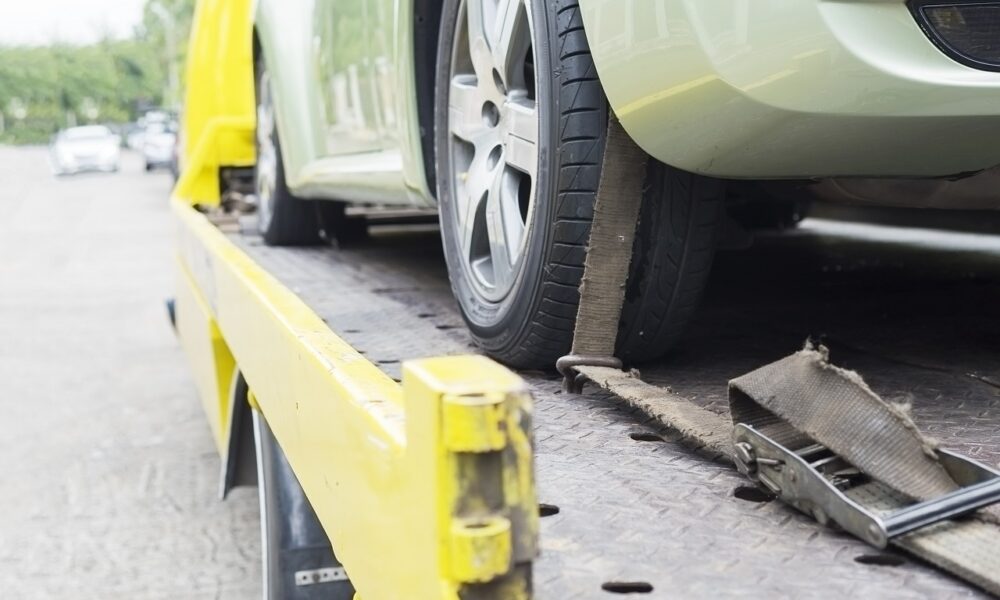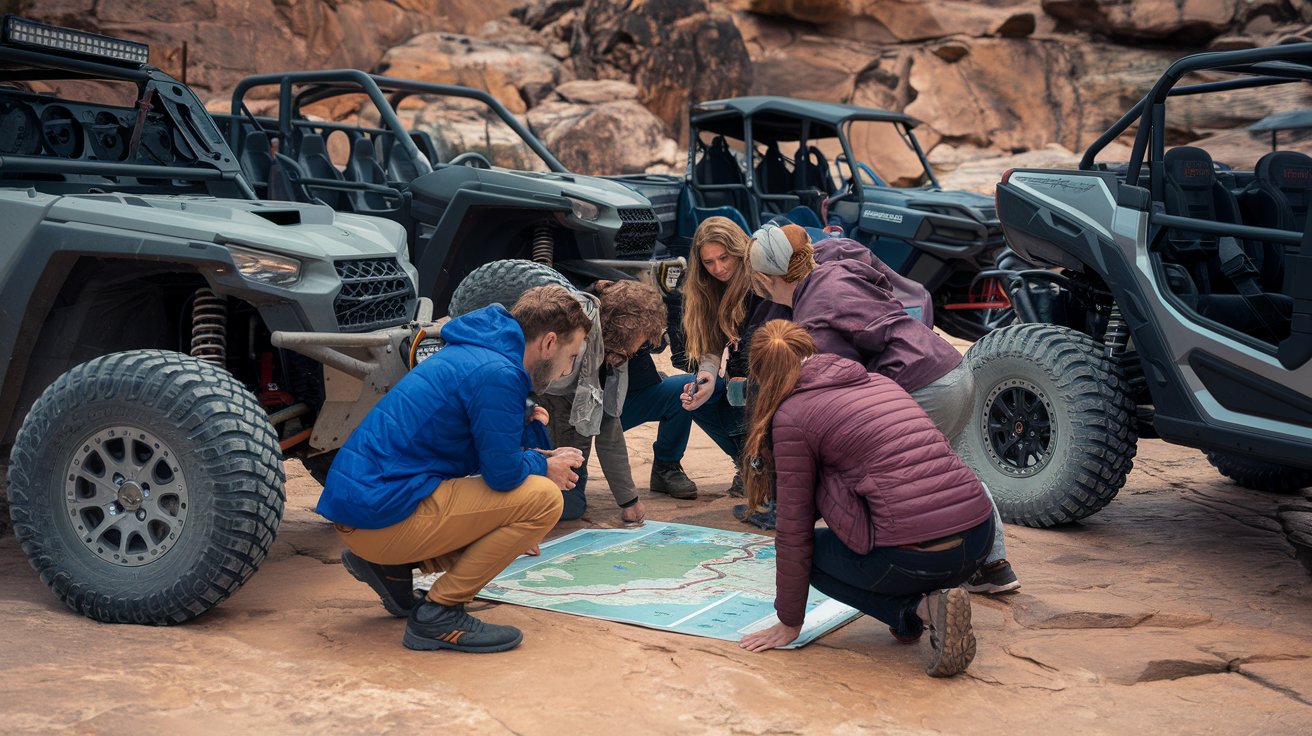Launching into the realm of towing requires a sturdy foundation of knowledge to ensure each journey’s safety and success. A critical first step is to recognize your vehicle’s towing capacity; this determines the maximum weight your vehicle can pull without causing undue stress or potential damage. Identifying the correct type of trailer for your needs is next – whether it’s a compact utility trailer for local hauls or a giant fifth wheel for cross-country adventures. Yet, at the heart of it all lies the decision of which trailer hitch to employ. This equipment is the critical link between your vehicle and your trailer, making its selection and proper usage crucial for secure transportation.
Equipment Essentials for Safe Towing
To begin towing, one must choose the right trailer hitch and surround themselves with quality safety equipment. This ensemble includes supplemental towing mirrors for better rear visibility, electric brake controllers for synchronizing vehicle and trailer stopping, and tensioned straps to prevent cargo from shifting. One of the most vital practices is the routine inspection and maintenance of your towing equipment to identify and address any potential points of failure before they arise. Consumer Reports advises that vigilance in equipment maintenance is vital to preventing roadside emergencies and ensuring a safe trip.
Pre-Trip Inspections: A Checklist for Secure Towing
Embarking on any journey with a loaded trailer requires a meticulous pre-trip inspection. This systematic check verifies that the hitch system is correctly connected to the tow vehicle without any loose components. Weight distribution deserves special attention; an imbalanced load can lead to trailer sway and reduced vehicle control, posing a danger to all road users. Illumination is another pillar of towing safety, demanding that all brake lights and turn signals be double-checked for correct operation, which is crucial for communicating your intentions to fellow drivers.
Driving Techniques for Confident Towing
When it’s time to hit the road, towing introduces a new layer of complexity to your driving experience. The art of mastering smooth acceleration and braking is magnified with a trailer in tow, as the added weight increases stopping distances and can impact vehicle dynamics. Turning and maneuvering with a trailer require increased awareness and often wider arcs to avoid curbs and other obstacles. Developing these competencies will allow you to confidently navigate traffic and ensure the journey is pleasant for you and your precious cargo.
Legal Considerations and Compliance
Towing isn’t just about physical skill and preparation; it also involves navigating the mosaic of laws and regulations. Each state may have differing legal requirements for towing vehicles, including specific licensing, speed restrictions, and trailer lighting standards. Knowing these regulations is essential; they are in place to keep you in compliance and assure the safety of everyone on the road. This legal tapestry underscores the need to be well-informed and prepared before you attach a trailer to your hitch and set out.
Optimizing Fuel Efficiency While Towing
While towing, vehicles work harder and consume more fuel than they do when unburdened. Therefore, adopting strategies for improved fuel efficiency can lead to significant savings. Regular vehicle maintenance, such as ensuring proper tire pressure and alignment, is pivotal in achieving better mileage. An aerodynamically designed trailer can also make a noteworthy difference by cutting down drag, thus working to soften the toll of towing on your fuel gauge.
Advanced Towing Technologies and Innovations
The towing industry has seen a surge in technological advancements, including flashy features and genuine enhancements to safety and convenience. These include adaptive braking systems that independently manage each wheel for optimal control and advanced trailer sway mitigation systems. Incorporating such technologies into your towing setup can significantly reduce the stress of handling unexpected situations and make towing a more seamless part of your driving routine.
Towing in Different Terrain: What You Need to Know
Towing equipment may be universally standard, but the terrain one encounters is anything but. Navigating mountain passes, desert expanses, and urban mazes, each demands its own approach and skill set. When confronting steep grades and prolonged descents, as outlined by resources such as Popular Mechanics, it’s essential to utilize gear shifting and engine braking to manage speed effectively, keeping brake usage to a minimum to prevent overheating. Adaptability is critical; as conditions change, so must your towing strategies to ensure safe travel.
Packing and Loading Strategies for Balanced Towing
When preparing a trailer for transit, thoughtful packing and loading are just as crucial as the physical towing. A balanced load, with even weight distribution, can mean the difference between a stable tow and a precarious one. Techniques such as placing heavy items near the trailer’s axle and securing loose items can help maintain stability. Consistency in your approach ensures your cargo arrives intact and your driving experience remains free of surprises.
Learning from Experience: Real-Life Towing Stories
Finally, wisdom often comes best from those with stories to tell. The anecdotes and practical knowledge shared by veteran towers can serve as invaluable teaching moments for those new to towing. From handling a trailer sway on a gusty day to navigating the intricacies of urban towing, the insights gained from these experiences are hard-won and shared to aid others in their towing endeavors. Every story holds a lesson that, when heeded, can make the difference between a successful trip and an unfortunate incident.











